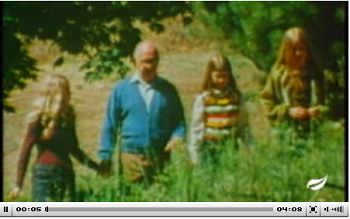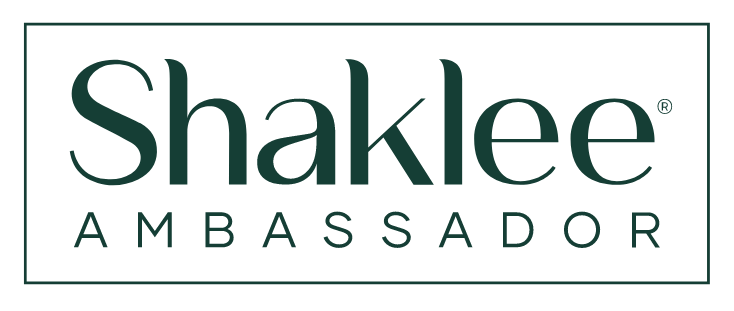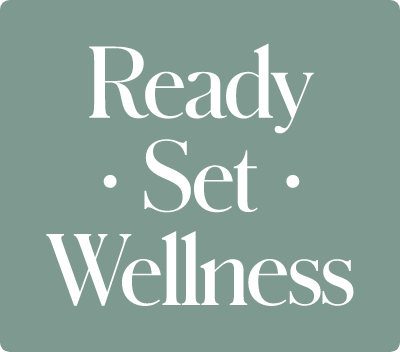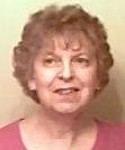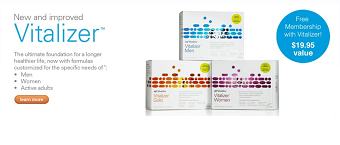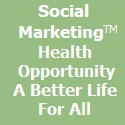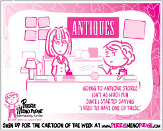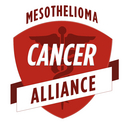The first Earth Day was April 22, 1970. Gaylord Nelson, a U.S. Senator from Wisconsin, was concerned with the environment after the 1969 massive oil spill in Santa Barbara, California. Twenty million people celebrated that first year. Today over 500 million people participate in Earth Day events.
How Can You Celebrate Earth Day?
• There are many Earth Day events planned … or plan your own.
• Learn to Reduce, Reuse and Recycle.
• Only use non-toxic, green cleaners that are safe for your family, your home and the planet.
How dangerous can chemical cleaners be? Just take a look at these statistics.
• Over 90% of poison exposures happen at home.
• Common chlorine bleach is the #1 household chemical involved in poisoning.
• Organic pollutants, found in many common cleaners and even air fresheners, are found at levels 2 to 5 times higher inside your home than out.
• A person who spends 15 minutes cleaning scale off shower walls could inhale three times the “acute one-hour exposure limit” for glycol ether-containing products set by the California Office of Environmental Health Hazard Assessment.
• Common cleaners give off fumes that can potentially increase the risk of kids developing asthma, the most common chronic childhood disease.
• 1 in 13 school-aged children has asthma. Rates in children under five have increased more than 160% from 1980 – 1994.
• Children are highly vulnerable to chemical toxicants. Pound for pound of body weight, children drink more water, eat more food, and breathe more air than adults. The implication of this is that children will have substantially heavier exposures than adults to any toxicants that are present in water, food, or air.
• If your home is anything like the average U.S. home, you generate more than 20 pounds of household hazardous waste each year (the EPA designates toilet cleaners, tub and tile cleaners, oven cleaners, and bleach as hazardous waste).
Resources:
•To find out what’s lurking on your shelves, go to the National Institutes of Health Library of Medicine Household Products Database. You can search almost any brand of cleaner you use, find out what’s in it, and uncover its links to health effects. Or search by chemical ingredients (see list below for some examples) and discover what brands contain it. The information may shock you.
Chemical ingredients to look out for:
Sodium hydroxide
Hydrochloric acid
Butyl cellosolve (2-Butoxyethanol)
Formaldehyde
Bleach (sodium hypochlorite)
Ammonia
Sulfamic acid
Petroleum distillates
Sulfuric acid
Lye (potassium hydroxide)
Morpholine
• Watch the Toxic Brew Video.
• I recommend Shaklee’s Get Clean products.
Celebrate Earth Day every day!

